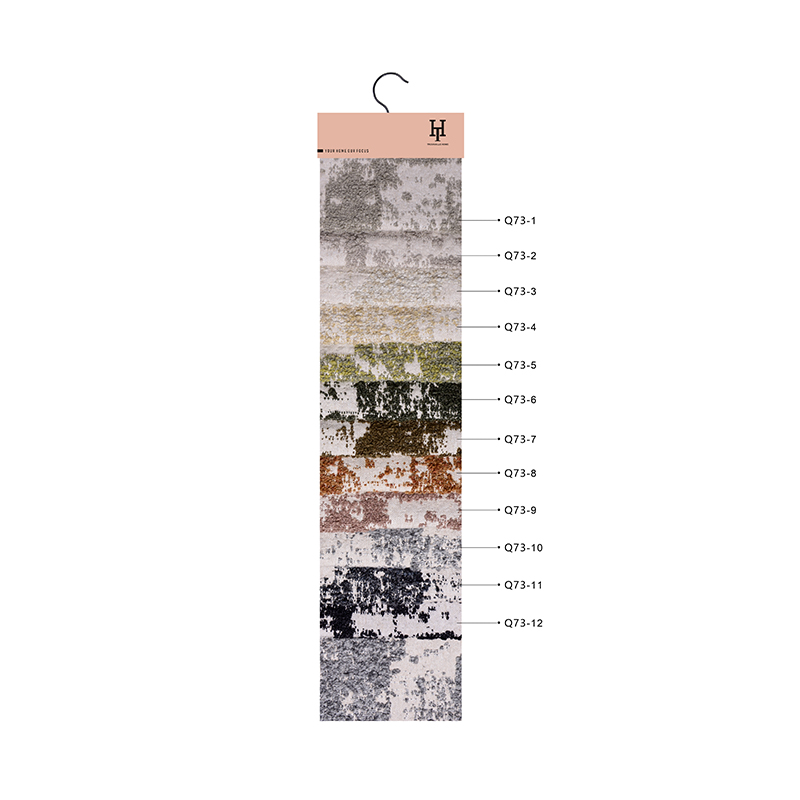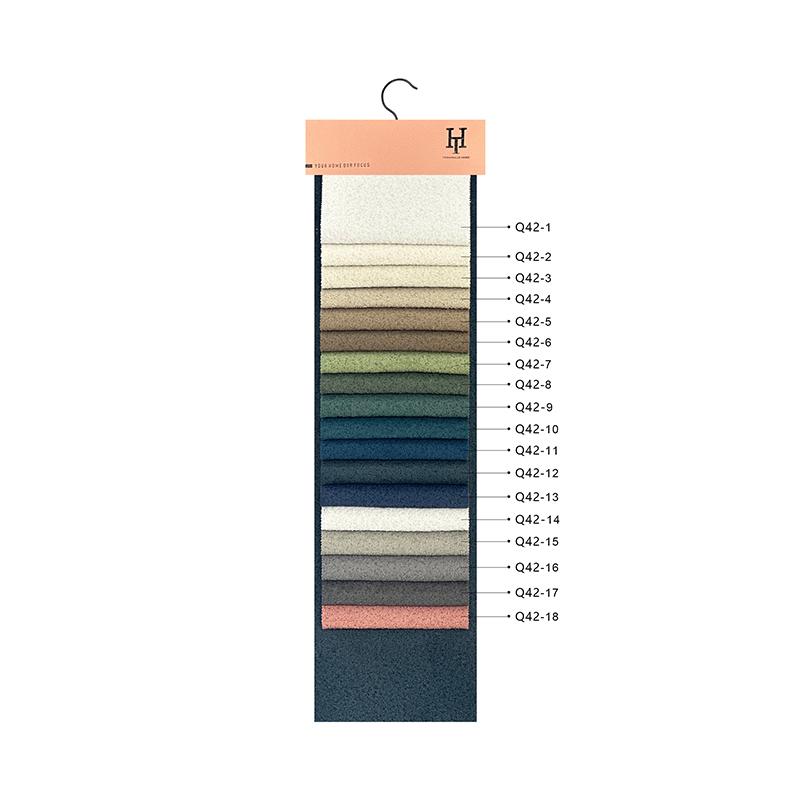What should be paid attention to in the maintenance of different types of Textile Fabrics?
As an important material for clothing, home decoration and industrial applications, textile fabrics are of various types, and each fabric has its own unique maintenance method. The correct maintenance method can not only extend the service life of the fabric, but also maintain its beauty and texture.
1. Cotton fabrics
Cotton fabrics are popular because of their good moisture absorption and strong breathability. When maintaining,avoid long-term exposure, because strong sunlight can fade and deform cotton fabrics. Secondly, it is to use warm water and neutral detergent when washing, gently hand wash or machine wash, and avoid excessive friction and stretching. When drying, it is to turn the clothes reverse side outward to prevent fading. In addition, cotton fabrics are easy to wrinkle, so you can shake them gently after washing or use an iron at low temperature.
2. Silk fabrics
Silk fabrics are known for their elegant luster and soft touch. When maintaining silk fabrics, you need to be particularly careful. First, silk fabrics should avoid contact with rough objects to avoid scratches. Secondly, it is to use professional silk detergent when washing, wash gently by hand, avoid machine washing and excessive friction. When drying, the clothes should be placed in a cool and ventilated place with the reverse side facing outward to dry, avoiding direct sunlight. At the same time, silk fabrics are easily affected by moisture and should be stored in a dry and ventilated place to avoid moisture and mold.
3. Wool fabrics
Wool fabrics are popular for their good warmth retention, softness and comfort. When maintaining, avoid contact with sharp objects to avoid damaging the fibers. Secondly, it is to use special wool detergent when washing, wash gently by hand, avoid machine washing and excessive friction. When drying, clothes should be laid flat in a ventilated place to dry, avoiding deformation caused by direct sunlight and hanging to dry. In addition, wool fabrics are easily damaged by insects, so they should be stored in a dry and ventilated place and checked regularly for insect damage.
4. Synthetic fiber fabrics
Synthetic fiber fabrics such as polyester and nylon are widely used in clothing and home decoration because of their wear resistance and easy drying. When maintaining polyester fabrics, the following points should be noted: Temperature control: Polyester fabrics are sensitive to temperature, and excessively high temperatures may cause the fabric to deform or be damaged. Therefore, when washing and ironing, the temperature should be controlled well to avoid using too high water temperature or ironing temperature. Detergent selection: Use neutral detergent for washing, and avoid using bleach or detergents containing strong alkalinity. These chemicals may damage the fabric. Drying method: Polyester fabrics are easy to dry, but long-term exposure to the sun may cause the fabric to fade. Therefore, when drying, the clothes should be turned outward to avoid direct sunlight. Storage environment: Polyester fabrics should be stored in a dry and ventilated environment to avoid moisture and mildew. At the same time, avoid contact with sharp objects to prevent scratches.
When maintaining nylon fabrics, the following points should be noted: Avoid friction: Although nylon fabrics are wear-resistant, long-term friction with rough surfaces may cause wear. Therefore, when wearing and storing, avoid contact with sharp or rough objects. Cleaning method: Use neutral detergent for cleaning, and avoid using bleach or detergents containing strong alkalinity. Gentle hand washing or machine washing is acceptable, but be careful to avoid excessive friction and stretching. Drying and ironing: Nylon fabrics dry easily and are not easily deformed, but long-term high-temperature ironing may cause fabric damage. Therefore, when ironing, use low-temperature ironing and avoid staying on the fabric for too long. Storage and maintenance: Nylon fabrics should be stored in a dry, ventilated environment to avoid moisture and mildew. Regular cleaning and maintenance can extend its service life and maintain its beautiful appearance.




















